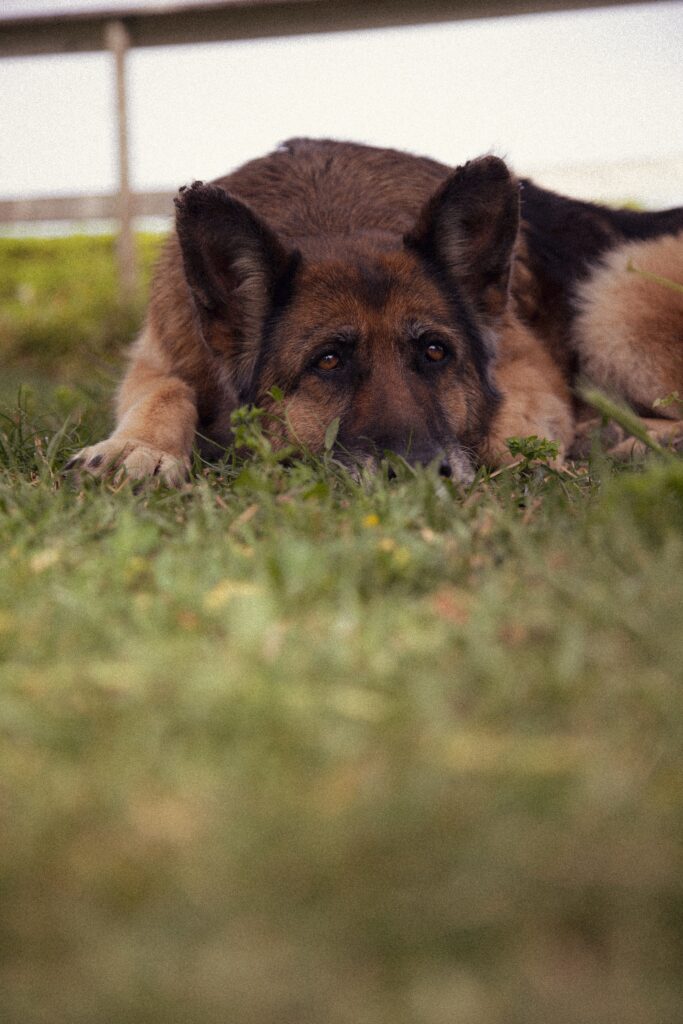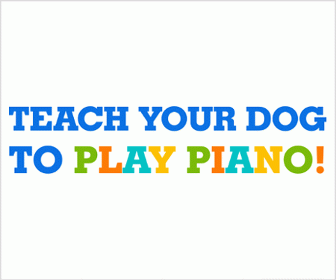Table of Contents
- Introduction
- Start Early
- Choose the Right Leash and Collar
- Find a Quiet Place to Practice
- Start with Short Walks
- Be Patient and Consistent
- Use Positive Reinforcement
- Avoid Pulling
- Be Prepared for Setbacks
- Additional Tips
- Conclusion
- Frequently Asked Questions

Walking your dog is a great way to get exercise and fresh air, but it can be challenging if your dog doesn’t know how to walk on a leash. Here are some tips on how to train your dog to walk on a leash without pulling:
- Start early. The best time to start training a dog to walk on a leash is when they are young. Puppies are more adaptable and easier to train than adult dogs.
- Choose the right leash and collar. The leash should be the right length for your dog and should be made of durable material. The collar should be comfortable for your dog and should not be too tight.

- Find a quiet place to practice. When you are first starting out, it is best to find a quiet place to practice walking your dog on a leash. This will help to reduce distractions and make it easier for your dog to focus.
- Start with short walks. When you are first starting out, it is best to start with short walks. This will help your dog get used to walking on a leash and will make it less likely for them to get overwhelmed.
- Be patient and consistent. Training a dog to walk on a leash takes time and patience. Be consistent with your training and be patient with your dog.
- Use positive reinforcement. When your dog walks on the leash calmly and without pulling, be sure to praise them and give them a treat. This will help them to associate walking on a leash with positive things.
- Avoid pulling. If your dog starts to pull on the leash, do not pull back. This will only make them pull harder. Instead, stop walking and wait for them to calm down. Once they have calmed down, you can start walking again.
- Be prepared for setbacks. There will be times when your dog does not want to walk on a leash or when they start to pull. Be prepared for these setbacks and do not give up. Just keep practicing and eventually, your dog will learn to walk on a leash without pulling.
Here are some additional tips:
- Make sure your dog is comfortable with the leash and collar before you start walking. Let them sniff the leash and collar and give them treats when they do.
- Start by walking your dog in a quiet area with few distractions. Once they are comfortable walking in a quiet area, you can gradually introduce more distractions.
- Be patient and consistent with your training. It may take some time for your dog to learn to walk on a leash without pulling.
- Use positive reinforcement to reward your dog for good behavior. This will help them to associate walking on a leash with positive things.
- Avoid pulling on the leash. If your dog starts to pull, stop walking and wait for them to calm down.
- Be prepared for setbacks. There will be times when your dog does not want to walk on a leash or when they start to pull. Be prepared for these setbacks and do not give up. Just keep practicing and eventually, your dog will learn to walk on a leash without pulling.
I hope these tips help you to train your dog to walk on a leash.

Frequently Asked Questions
FAQ
Q: What is the best age to start training my dog to walk on a leash?
A: The best age to start training your dog to walk on a leash is when they are young. Puppies are more adaptable and easier to train than adult dogs.
Q: What type of leash and collar should I use?
A: The type of leash and collar you use will depend on your dog’s size and personality. A harness may be a good option for dogs who are prone to pulling.
Q: Where should I start practicing?
A: It is best to start practicing in a quiet area with few distractions. Once your dog is comfortable walking in a quiet area, you can gradually introduce more distractions.
Q: How long will it take to train my dog to walk on a leash without pulling?
A: It may take some time for your dog to learn to walk on a leash without pulling. Be patient and consistent with your training and eventually your dog will learn.
Q: What should I do if my dog starts to pull on the leash?
A: If your dog starts to pull on the leash, do not pull back. This will only make them pull harder. Instead, stop walking and wait for them to calm down. Once they have calmed down, you can start walking again.
Q: What are some other tips for training my dog to walk on a leash?
A: Here are some other tips for training your dog to walk on a leash:
- Make sure your dog is comfortable with the leash and collar before you start walking.
- Use positive reinforcement to reward your dog for good behavior.
- Be patient and consistent with your training.
- Be prepared for setbacks.
I hope this FAQ section has been helpful. If you have any further questions, please feel free to ask.